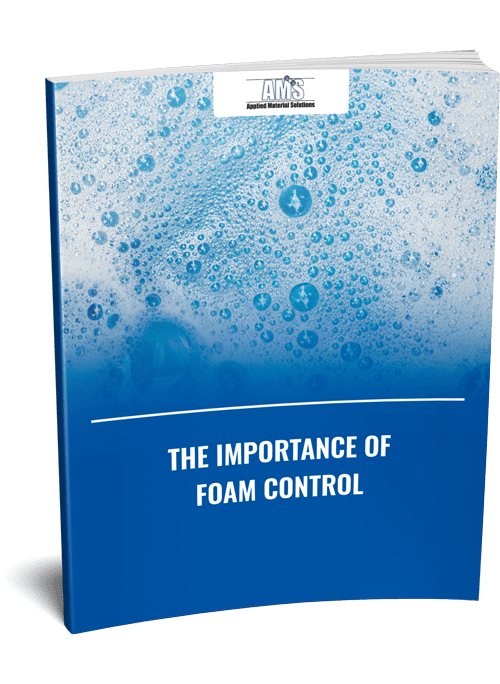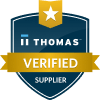Top 4 Tips for Proper Antifoam Use
Comments Off on Top 4 Tips for Proper Antifoam UseThe formation of foam in aqueous processes and products—such as flume water for the transport of vegetables—can hinder or halt many industrial processing operations. Antifoams are chemicals which prevent the formation of foam, whereas defoamers control existing foam. The right antifoam must be applied properly to prevent foam formation and avoid additional problems in the production process.
The following article provides Applied Material Solution’s top tips regarding the proper use of antifoam products.
Survey the System
Before applying an antifoam to your operation, it’s important to thoroughly survey system processes to determine where and when the antifoam would serve most effectively.
- Is it an aqueous or non-aqueous system?
- What is causing the foam?
- Protein
- Starch
- Soap formation
- Is the foam solid stabilized?
- Get water flow diagrams and process flow diagrams when available, or draw your own. You must understand the process and what is being made. You need to know:
- Where the water came from.
- Where the water is going.
- For batch operations, what are the batch sizes? For continuous operations, what is the production rate?
- What is the pH of the system? Take note of any pH changes throughout the production process.
- Are there any chemical restrictions to the system?
- What is the temperature of the system? Take note of any temperature changes throughout the production process.
- What are the points of high and low tabulation?
- Locate the points where air may be released.
- Locate the points where air can be introduced.
- Are there any filtration membranes used in the process?
- Are there any regulatory requirements involved?
Evaluate the Point of Addition
The place and time at which antifoams should be added depends on the specifics of the process. However, as a general rule, antifoams should be applied at the point that allows for maximum dispersion through the foaming liquid and often prior to the onset of foaming. To obtain the best results, some processes may necessitate the addition of antifoam at multiple points.
Peristaltic and low-flow metering pumps are effective tools for automating the dispensing operation. Facility workers and/or vendors can set up pumps to add a predetermined concentration of antifoam/defoamer per minute, thus optimizing the performance of the foam control agent.
Test the Antifoaming Agent in Advance
Antifoams are available in multiple types of formulations of varying chemistries, each of which performs differently. When choosing a new antifoam product, it is important to understand the process and where foam poses an issue. It is critical, as previously stated, to survey the system.
While the answers to the Survey questions can help ensure the appropriate selection of the antifoam, thorough testing is also essential for determining the antifoam’s compatibility and performance within a particular application. When testing the antifoaming agent, simulate the expected operating conditions, especially the temperature, by using a medium that is similar—if not identical—to the actual foaming medium. When possible, the actual foaming medium is best.
Determine How Much Foam Is Okay
While some processing operations can handle a small amount of foam, others require complete foam elimination. In either case, the end user must determine whether a potential antifoaming agent can successfully control foam without undermining the quality of the product or process. As long as operation continues as expected, some foam in the process would just be an appearance issue, yet present no real issue or problem to the production operation.
Quality Antifoam Products from Applied Material Solutions

Our silicone antifoam products include:
- Non-aqueous silicone antifoam compounds
- Specialty silicone antifoams
- Water-based antifoam emulsions
Our non-silicone antifoam products include:
- Oil-based antifoams
- Surfactant-based and polymer-based antifoams
- Ester-based antifoams
- Water-based antifoams
AMS can assist customers with the selection of an optimal antifoam for their unique process. Once an antifoam solution is chosen, we can also help optimize the location, frequency, and antifoam dosage to ensure the best results.
For more information about our antifoaming products and services, contact us today.




